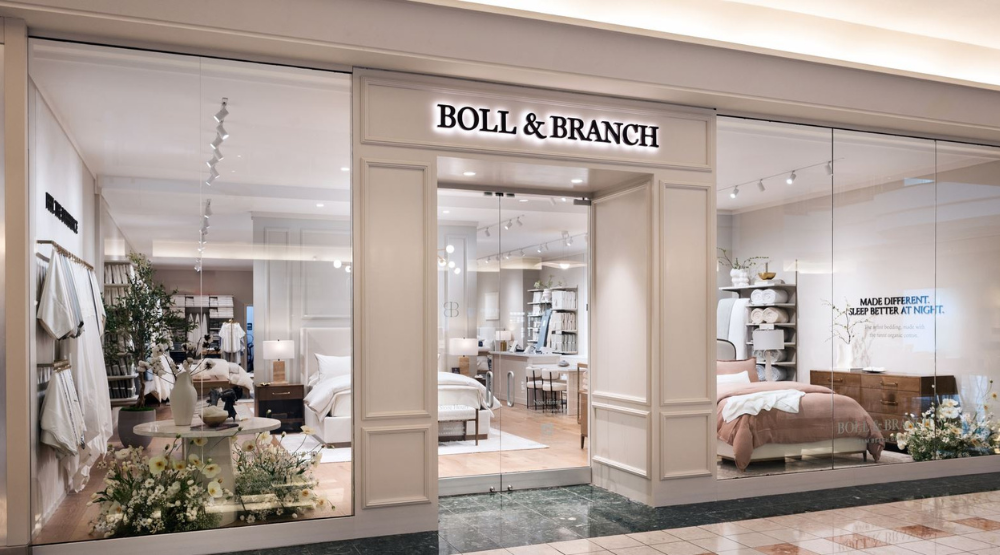Happy holidays? Retailers rethink holiday strategy amid tariff limbo| Allison Zisko

We are just past the halfway mark of the year, a year that back in December seemed so promising for business but has proved to be anything but.
With more tariff disruption this week, the industry remains in limbo, a situation it has endured for months but cannot realistically sustain for much longer.
This has come to a head for those in the décor industry who make and sell holiday merchandise, because the next 60 days will determine whether they can remain profitable (or even in business) or not.
Retailers typically place the bulk of their holiday trim orders — 70% by unofficial estimates — in January and fill in during the summer markets in Dallas and Atlanta. The independent retailers I spoke with for the feature story in our July issue, for whom fourth quarter holiday sales are a vital part of annual business, laid out the dilemmas they face.
See related story: Retailers brace for delayed decor
They bought aggressively at the regional markets in January because they anticipated tariffs — though not their size or scope — based on President Donald Trump’s campaign talk. But by April, it became apparent that the price of those goods once they landed at U.S. ports would be significantly higher than anyone could have possibly expected (though by how much, no one can say). Not many Americans are going to pay $15 for a Christmas ornament that last year cost $5. And that’s if the goods even arrive before Christmas.
Normally, seasonal orders placed in January would be arriving in retail warehouses now. Supplemental goods purchased in July would arrive in the next few months, right on time for retailers who begin setting up their holiday merchandising and window displays anywhere from September to November.
With all that normal planning, buying and scheduling out the window, store owners have been forced to improvise. They’ve scaled back the size of their orders of decorative reindeer and Santas; doubled down on goods made in America or from European countries where the tariffs and delivery times are lower; and gone back to the drawing board to replace orders that manufacturers canceled. Many of them are sizing up the everyday assortments they already have and plucking out the gold and silver items, the candles and the sparkly goods that can say “Christmas” in a pinch if merchandised right.
“Yes, we will have an assortment this year,” Susan Hoechner of Barbara Stewart Interiors said. “Christmas decorating is expected, tariffs or not.”
They all know their bottom line is going to take a hit.
A few months ago, President Trump offhandedly remarked that children might have to make do with two dolls instead of 30 this Christmas. Home furnishings executives can breathe a sigh of relief that they are not in the toy business, but it is not going to be much easier. Seasonal manufacturer Sullivans is looking for a buyer, retailers who are not well-financed could be in a precarious position, and no one wants empty shelves in December.
Christmas is coming, but at what cost?















































